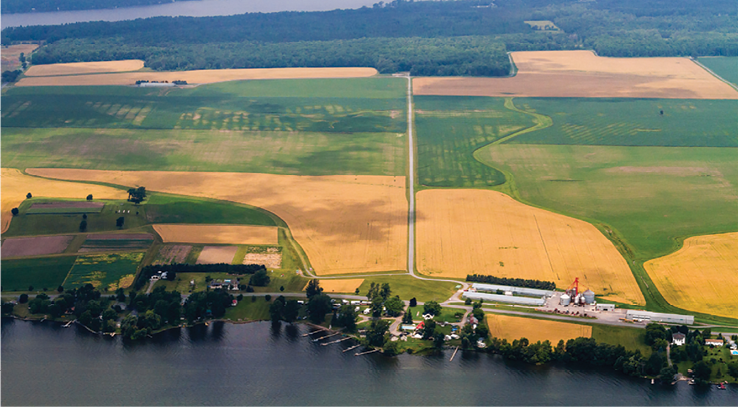No-Till Farmer
Get full access NOW to the most comprehensive, powerful and easy-to-use online resource for no-tillage practices. Just one good idea will pay for your subscription hundreds of times over.

Along the shores of Lake Ontario, Eric Kaiser and his son Max no-till approximately 1,000 acres of corn, soybeans and wheat on soils that have 58% clay content.
While compaction, water infiltration and weather are all challenges the Napanee, Ontario, no-tillers face, Eric shared how they make it work with tiling, manure management, cover crops and proper planter maintenance at the 2014 National No-Tillage Conference last January in Springfield, Ill.
For the Kaisers’ heavy clay soils, the range for good moisture is very narrow.
“It’s not too different between too wet and too dry,” Eric says.
Because of the soil’s low absorption rate, it’s easy for it to become too wet.
From late May to late June last year, the Kaisers had 4 weeks of saturated soils from less than 4 inches of rain. Runoff is also a problem, as there is a 100-foot drop from north to south on the farm.
While no-till helps, other measures are necessary for good water infiltration.
For starters, tiling has been installed on the entire farm, and close to 40 surface inlets are stationed across the farm to help with surface runoff. Some inlets have dams in front to pond the water behind. The farm also has diversion berms elevated at an angle to divert water into grass and prevent soil erosion.

Another issue the Kaisers have to keep a sharp eye on is compaction.
“It’s a big, big problem on those heavy clay soils, and our solution is…